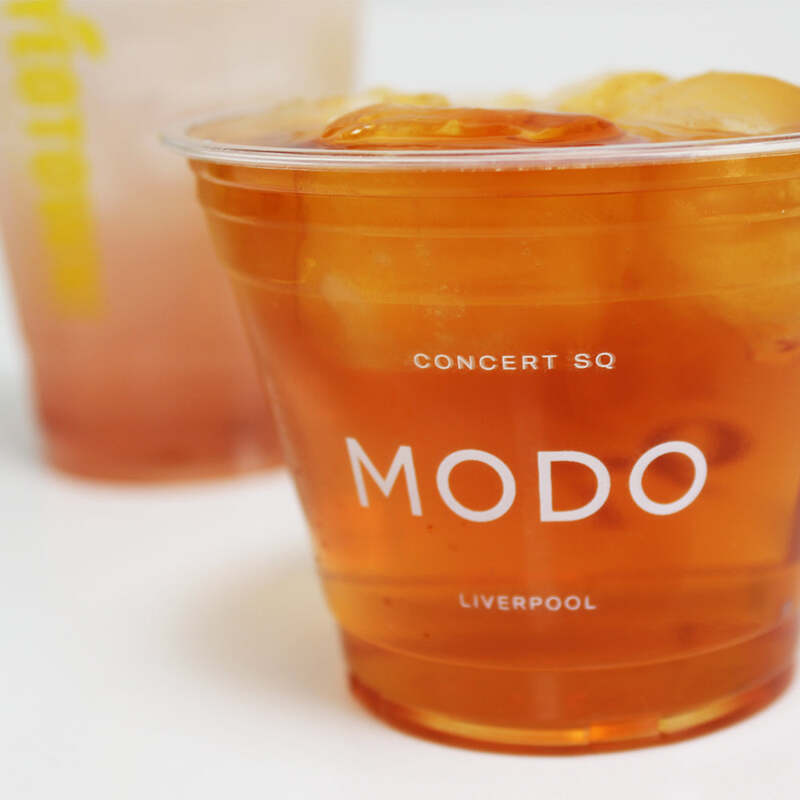The Evolution of Beer Packaging A Craftsmanship Journey
Beer has undergone a significant transformation over the centuries, not just in terms of brewing techniques and flavors but also in the way it is packaged. Beer packaging plays a crucial role in the beverage's marketing and preservation, and it reflects a blend of art, science, and consumer trends. From wooden casks to modern aluminum cans, the evolution of beer packaging is a fascinating journey worth exploring.
Historically, beer was stored and transported in wooden barrels, which were designed to preserve the beverage while enhancing its flavor through slow oxidation. This method of packaging was prevalent until the 19th century when the industrial revolution introduced new materials and technologies. The advent of glass bottles marked a turning point in beer packaging. Glass allowed for a more aesthetically pleasing presentation of the product while also providing an effective barrier to light and air, which are two primary factors that can spoil beer.
The introduction of the crown cork in the late 1800s was another significant development in beer packaging. This invention enabled bottles to be sealed tightly, ensuring that the beer inside remained fresh for longer periods. The visual appeal of beer labels also began to take off during this time, with breweries investing in artistic designs to attract consumers. The labels became a canvas for storytelling about the brand's heritage, ingredients, and brewing process, tapping into the growing consumer interest in authenticity.
As the 20th century progressed, beer consumption evolved, leading to further innovations in packaging. The rise of convenience culture led to the introduction of cans, which were initially met with skepticism but quickly gained popularity. Aluminum cans not only provided a lightweight alternative to glass but also offered enhanced protection against light, one of beer's worst enemies. The development of the canning process made it easier and more cost-effective for breweries to package their products, leading to a significant increase in sales.
beer packaging

In recent years, the craft beer movement has brought a renewed focus on packaging. Breweries are now experimenting with various forms of packaging to differentiate themselves in a crowded market. Unique can and bottle designs, along with eco-friendly packaging options, have become essential components of branding strategies. For example, some craft breweries opt for growlers—large glass bottles that consumers can refill with fresh beer—to promote sustainability and a personalized experience.
The emphasis on sustainability is more prominent than ever, as consumers become more environmentally conscious. Many breweries are beginning to adopt recycled materials for their packaging or exploring innovative alternatives such as plant-based plastics. This shift not only addresses ecological concerns but also resonates with consumers who prioritize brands that align with their values.
The digital age has also transformed beer packaging. QR codes on labels allow consumers to access additional information about the beer’s history, tasting notes, and food pairing suggestions, creating an interactive experience. This integration of technology enhances consumer engagement and builds a deeper connection between brands and their customers.
In conclusion, beer packaging has come a long way from the humble wooden barrel to the vibrant and innovative designs of today. It reflects changes in consumer preferences, advancements in technology, and a growing commitment to sustainability. As breweries continue to adapt and evolve, the packaging of beer will undoubtedly keep pace, shaping the future of how we enjoy this age-old beverage. Whether it’s a traditional glass bottle, a sleek can, or an eco-friendly solution, the story of beer packaging is as rich and diverse as the beers they contain.



